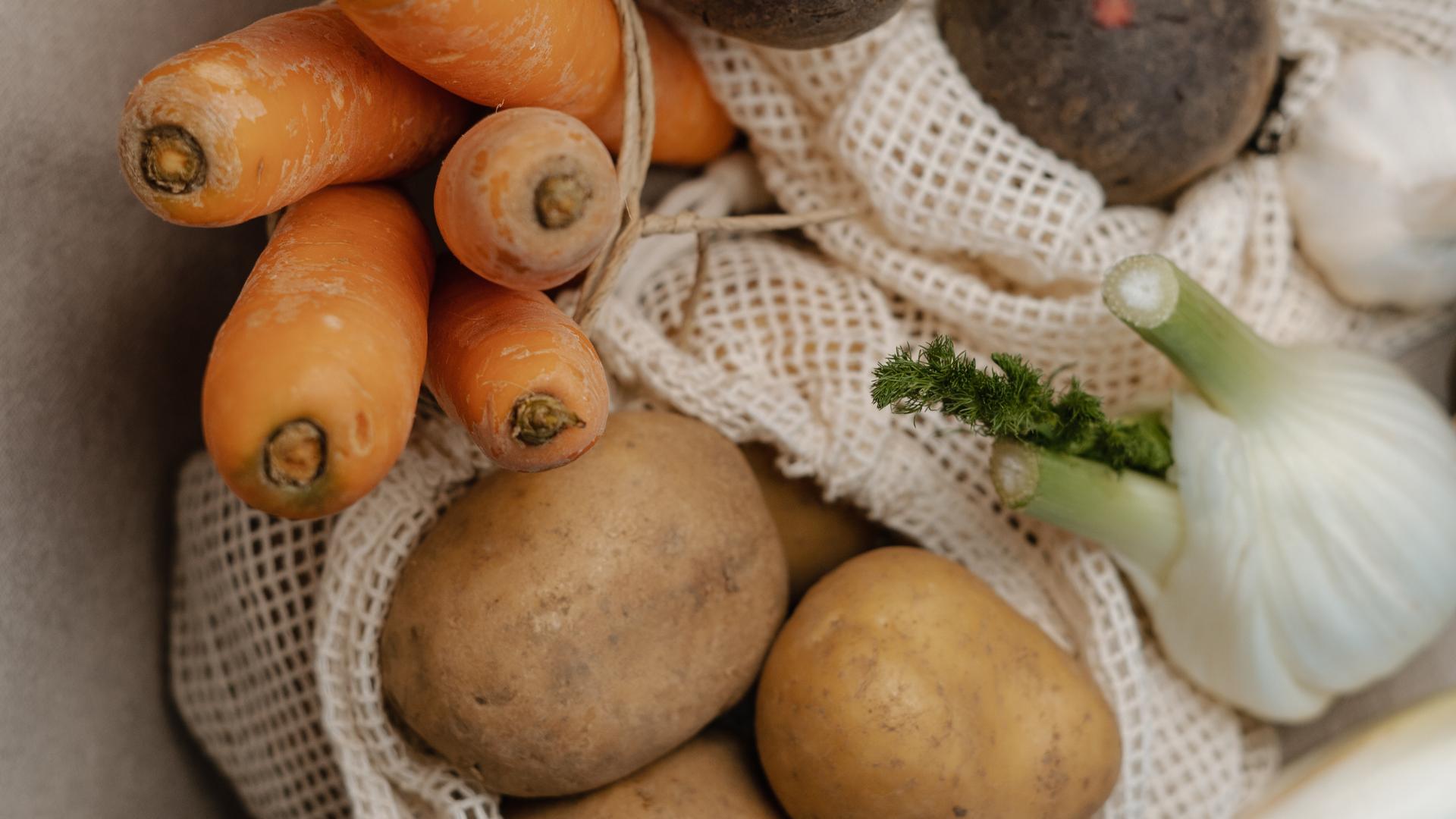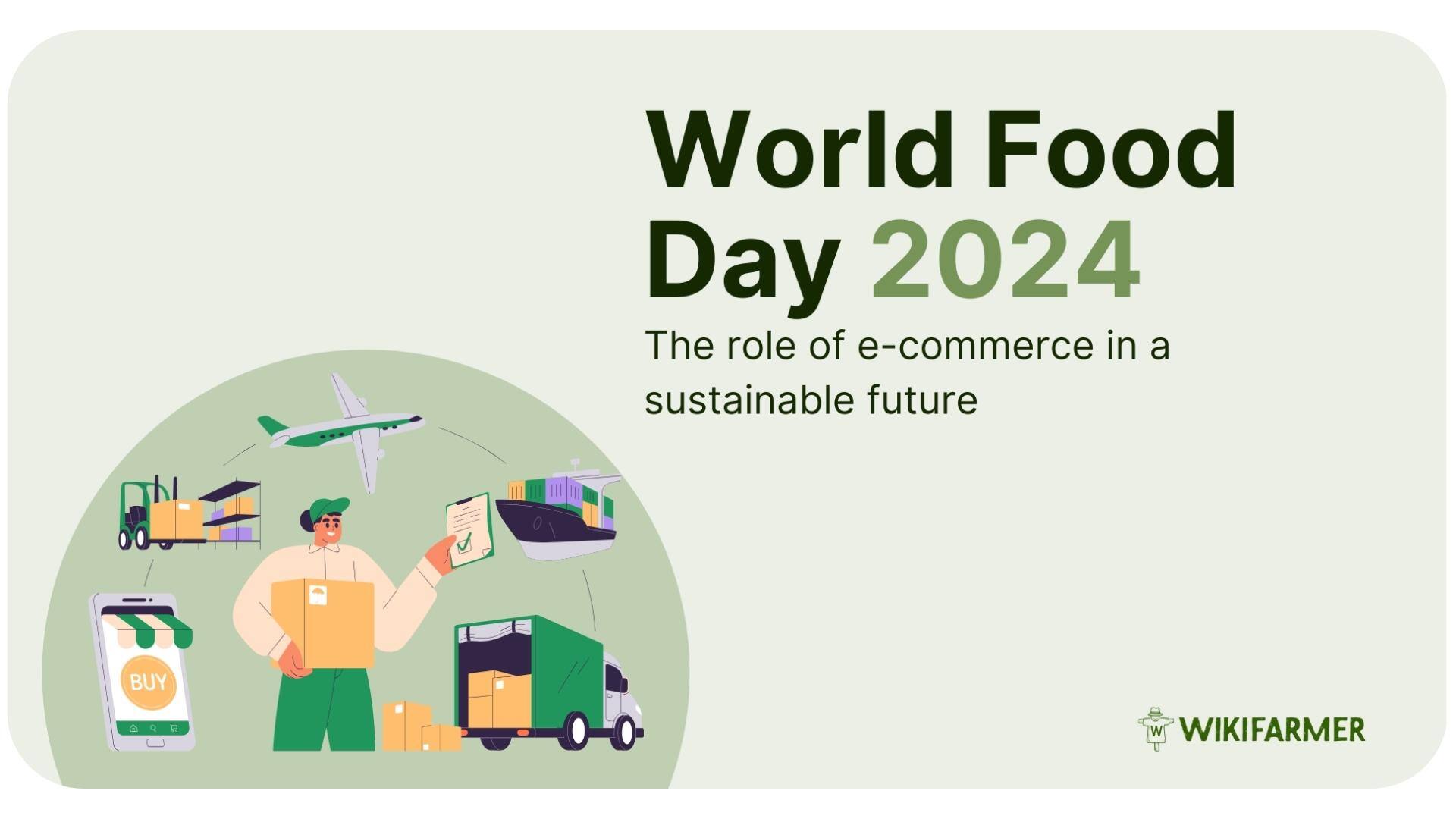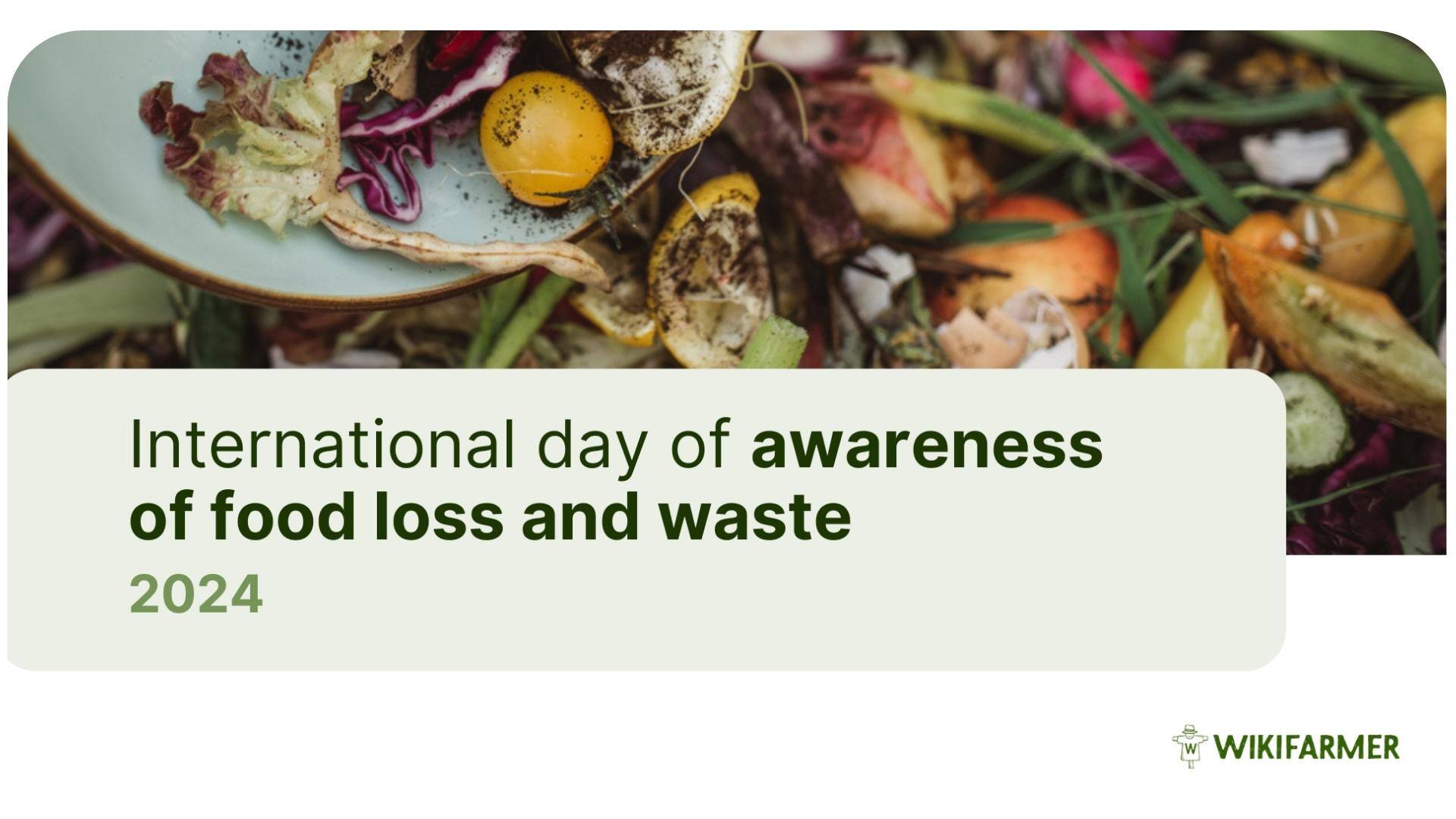Does Going Digital Create Zero Waste in the Supply Chain?

Explore the potential of digital innovation in revolutionizing agricultural supply chains towards zero waste and how technology can enhance efficiency, reduce resource consumption, and foster sustainability in the food industry.
The food supply chain in 2024
At the one end of the food supply chain are the farmers, who cultivate and harvest crops and raise livestock. On the other end are the end consumers, humans who need to drink, eat, and use the final products. In between, there are many thousands of small or large businesses, middlemen, packing houses, transportation companies, and professionals of all kinds.
Along these 3 parts of the agricultural supply chain, it is estimated that as much as 45% of the food produced is lost or wasted before and after reaching the consumer, accounting for over 1.3 billion tonnes per year of food globally.
The food supply chain is challenging since most raw ingredients traded come from different locations and are of a short-term nature, requiring speedy delivery to avoid rotting, high hygiene requirements to avoid contamination, and specific transportation circumstances (temperature, etc.).
In 2024, the opportunity to revolutionize the supply chain through innovation and technology has never been greater. This includes enhancing transportation services for increased speed and efficiency, and fostering transparency and agility, all while aligning with the United Nations' paramount goal of halving global food waste by 2030.
Why is this important now?
Every stage of the agricultural supply chain can generate waste, coming in the form of surplus produce, packaging materials, or byproducts. We can easily do the math from there: more waste indicates lost resources, increased environmental impact, and reduced economic efficiency; less waste means fewer resources consumed, less pollution generated, and, ultimately, a lighter ecological footprint.
Waste also isn't free of charge, either for farmers or buyers. If a product fails to meet market standards, or in case of production surplus, farmers may incur losses. Producers must continually improve their crop residue management to decrease nutrient and biomass losses and find ways to benefit from and reuse crop residues.
In terms of food security, reducing waste along the supply chain and fostering a more equitable distribution of resources can redirect surplus food to those in need, thereby enhancing accessibility.
All in all, striving for zero waste fosters innovation within the agri-food sector. From farmers keeping losses during harvest and post-harvest management to a minimum, to developing sustainable packaging solutions and utilizing eco-friendly transportation methods, there's great potential for advancements that align with environmental stewardship. Promoting innovation and zero waste initiatives drive the transition towards a more sustainable and resilient food system.
How digitizing processes can contribute to zero waste
For food to reach our plates, several steps must be taken, from the field to packing houses, contracting transportation companies, delivery, route optimization, groupage orders, complying with regulations, etc. All along these steps, delivery needs to be timely, prices competitive, and hygiene and quality standards must be kept. Now, having the lowest environmental impact possible is in the game.
"Agricultural trade has always been known for its traditional character. However, in 2024, there is no room for lengthy processes, wastage of resources, and mediocre solutions. The way of doing things across all supply chain steps must be quick and efficient to respond to the more-than-ever dynamic market. The idea is to train everyone to take their operations, purchasing, and distribution online, saving time and cost and expanding their horizons,” explains Ilias Sousis, co-founder and CEO of Wikifarmer.
Traditional supply chains can get complicated; a digital product can contribute to zero waste by enhancing efficiency, reducing resource consumption, and optimizing operations. This means cutting times in half with negotiation, price comparisons, documentation, logistics taken online, real-time analysis, and optimized inventory management, ultimately leading to a more sustainable and resilient food system.
Wikifarmer's Commitment to Zero Waste
At Wikifarmer, we recognize the pivotal role of agriculture in shaping our planet's future. That's why we're committed to empowering farmers with knowledge and resources to adopt sustainable practices and minimize waste within their operations. Through our online library, farmers worldwide have free access to a wealth of information on eco-friendly farming techniques, waste reduction strategies, and innovative solutions. Our team of agronomists also researched sustainable agriculture to deliver a specialized course certification available on the Wikifarmer Academy.
Our digital B2B marketplace was built on the core principles of sustainable trading and the future of agricultural supply chains. By leveraging technology and collaboration, we can transform the agrifood supply chain into a model of sustainability and resilience. With the help of the right tools and platforms, all parties in the food supply chain can contribute towards reducing waste and environmental damage. As we mark the International Day of Zero Waste, it's crucial to acknowledge our responsibility and understand that addressing waste within agriculture is not just an option but a necessity for the well-being of our planet and future generations.
.png?width=450&height=87&name=New%20Logo%20(1).png)

